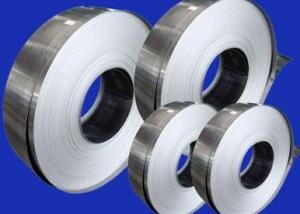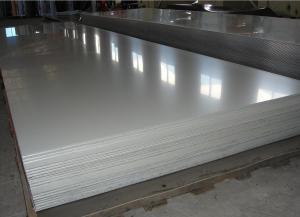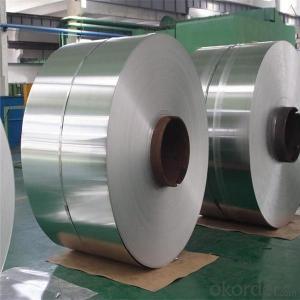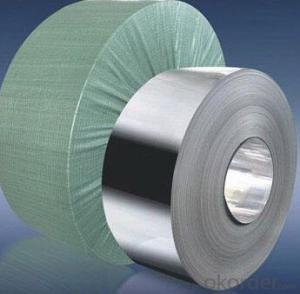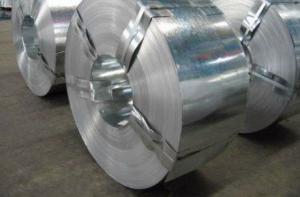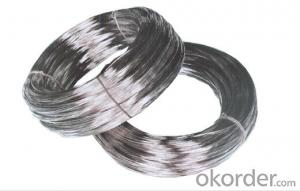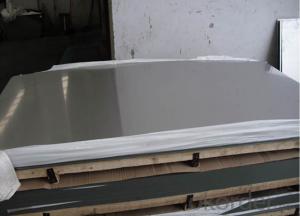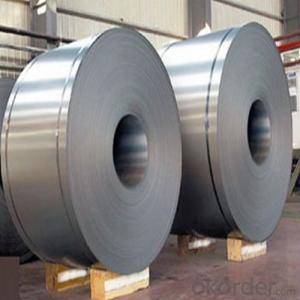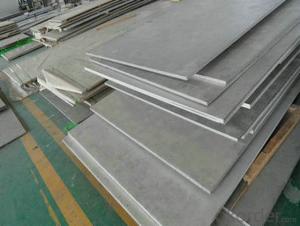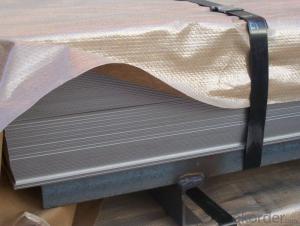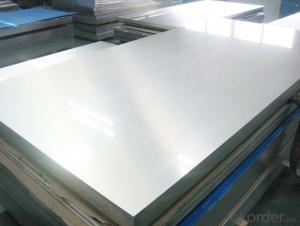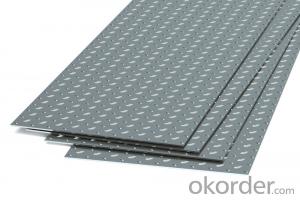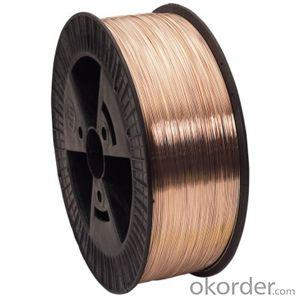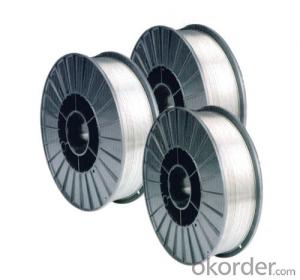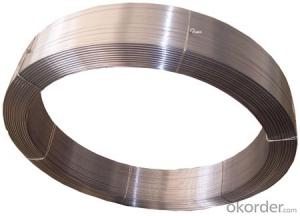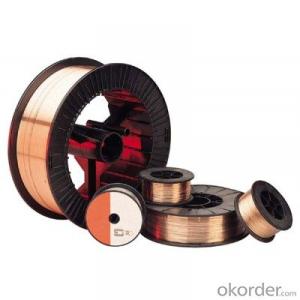Stainless Steel 430
Stainless Steel 430 Related Searches
Best Paint For Stainless Steel Blanket Insulation For Steel Buildings Primer For Galvanized Steel Foam Filter For Stainless Steel H S Code For Stainless Steel Surface Grinding Wheels For Stainless Steel Surface Grinding Wheels For Hardened Steel Hole Saw For Stainless Steel Paint For Stainless Steel Stainless Steel For BbqHot Searches
Steel Mesh Panels For Sale Price For Stainless Steel Scrap Scrap Price For Stainless Steel Price For Stainless Steel Stainless Steel Tank For Sale Stainless Steel Sheets For Sale Cheap High Tea Sets For Sale Stainless Steel Tanks For Sale Stainless Steel For Sale High Density Fiberboard For Sale Solar Hot Water Collectors For Sale Scaffolding For Sale In Uae Scaffolding For Sale In Ireland Scaffolding For Sale In Houston Type Of Inverter For Solar Price Of Shipping Containers For Sale Types Of Inverter For Solar Stock Price For Aluminum Used Solar Inverter For Sale Steel Mesh Panels For SaleStainless Steel 430 Supplier & Manufacturer from China
Okorder.com is a professional Stainless Steel 430 supplier & manufacturer, offers integrated one-stop services including real-time quoting and online cargo tracking. We are funded by CNBM Group, a Fortune 500 enterprise and the largest Stainless Steel 430 firm in China.Hot Products
FAQ
- Stainless steel wire directly outside (one end of the end of the wire), what is appropriate?
- If your problem is the process piping installation, the stainless steel outer thread can be used on the process line, and the casing can be installed and welded with argon filling protection.
- There are several types of stainless steel wire ropes that are commonly used in elevators. These wire ropes are specifically designed to meet the high demands and safety requirements of elevator systems. 1. 1x19 Construction: This type of stainless steel wire rope consists of 19 strands of wire wrapped around a single central core strand. It offers excellent strength and resistance to corrosion, making it suitable for elevator applications. 2. 7x7 Construction: This wire rope is made up of seven strands, each consisting of seven wires. It provides good flexibility and is commonly used for elevator hoist ropes. 3. 7x19 Construction: Similar to the 7x7 construction, the 7x19 wire rope has seven strands, each containing 19 wires. This construction offers greater flexibility and is often used for compensating ropes and governor cables in elevators. 4. 6x19 Construction: This wire rope consists of six strands, each containing 19 wires. It provides good flexibility and strength, making it suitable for various elevator applications. 5. 6x36 Construction: The 6x36 wire rope has six strands, each composed of 36 wires. It offers high strength and flexibility, making it suitable for heavy-duty elevator applications, such as traction hoists. 6. 8x19 Construction: This wire rope has eight strands, each containing 19 wires. It provides excellent flexibility and is commonly used for counterweight ropes in elevators. These different types of stainless steel wire ropes are selected based on specific elevator requirements, such as load capacity, flexibility, and durability. It is important to choose the right wire rope construction for each elevator component to ensure safe and reliable operation.
- Due to its unique properties, stainless steel wire is widely used in the textile industry. One of its main applications is for reinforcement, providing strength and structure to textile products such as belts, ropes, and cables. Its high strength and durability make it ideal for heavy loads and tension. Another common use of stainless steel wire in textiles is for conducting electricity. It can be woven into fabrics or used in electrical cables to ensure conductivity. This is particularly important in environments where static electricity needs to be dissipated, such as clean rooms or manufacturing facilities. Furthermore, stainless steel wire is commonly used in the production of mesh screens and sieves for textile manufacturing processes. These screens help filter and separate materials during various stages of production, guaranteeing the quality and consistency of the final textile products. Moreover, stainless steel wire plays a crucial role in the construction of textile machinery and equipment. It is used in the manufacturing of components like looms, needles, and guides, which are essential for the production process. The corrosion resistance of stainless steel wire ensures the longevity and reliability of these machinery parts. In conclusion, stainless steel wire is utilized in the textile industry for reinforcement, electrical conductivity, filtration, and machinery construction. Its strength, durability, and corrosion resistance make it invaluable in various textile applications, enhancing the overall quality and performance of textile products.
- What is the difference between stainless steel taps and ordinary taps?
- If it is made by tapping machine, the reasons are as follows:1, the tap material is not good;2, tapping machine precision is not enough (especially when machining small specifications thread hole, easy to break tap);3, tap chuck and inappropriate selection (tap chuck are now generally used in torque protection, but must choose imported torque to achieve effective protection of the tap collet effect. Like Italy Aisimu SCM torsion chuck is a very good product, he is the inventor of the collet torque);
- Various purposes are served by the commonly used stainless steel wire hangers in clothing storage. These hangers are renowned for their durability, strength, and resistance to rust, making them an ideal choice for organizing and hanging clothes. One of the primary advantages of stainless steel wire hangers is their ability to support heavy garments without bending or warping. They are perfect for hanging coats, jackets, and other heavy clothing items. The sturdy construction ensures that the hangers maintain their shape and prevent any damage to the garments. In addition to their strength, stainless steel wire hangers are also space-efficient. Their slim design allows for hanging more clothing in a small area, maximizing storage space in closets or wardrobes. This proves to be especially useful when closet space is limited. Another benefit of using stainless steel wire hangers is their versatility. These hangers often come with hooks or notches, enabling users to hang skirts, pants, or scarves. Some wire hangers also feature clips or adjustable arms, making them suitable for hanging garments that require extra support, like dresses or delicate fabrics. Furthermore, stainless steel wire hangers are resistant to rust and corrosion, ensuring their long-lasting quality. Unlike traditional wire hangers that may leave rust stains on clothes, stainless steel variants do not pose this risk. They provide a reliable and durable solution for clothing storage. Overall, stainless steel wire hangers are a practical and efficient choice for organizing clothing. Their durability, space-saving design, versatility, and resistance to rust make them an excellent option to keep clothes organized and in good condition.
- Indeed, pet enclosures can utilize stainless steel wire. This material, known for its strength and durability, has the ability to withstand harsh weather conditions and prevent corrosion, thereby making it appropriate for outdoor usage. Furthermore, it is a secure choice for pet enclosures since it poses no danger of harm or toxicity to animals. Moreover, stainless steel wire is frequently employed in pet enclosures due to its resistance to being chewed through by pets, ensuring their safety and confinement.
- Why are the 304 stainless steel wires magnetic? And the thinner the wire, the greater the magnetism
- However, due to segregation or improper heat treatment during smelting, there will be a small amount of martensite or ferrite in Austenitic 304 stainless steel. In this way, 304 stainless steel will have a weak magnetic.
- Yes, stainless steel wire is suitable for wire rope clips. Stainless steel is known for its high strength and corrosion resistance, which makes it an excellent choice for various applications, including wire rope clips. Wire rope clips are used to secure the ends of wire rope together or to attach fittings to the wire rope. They need to withstand high loads and harsh environmental conditions, and stainless steel wire provides the necessary durability and resistance to corrosion. Using stainless steel wire rope clips ensures the longevity and reliability of the wire rope assembly.



















